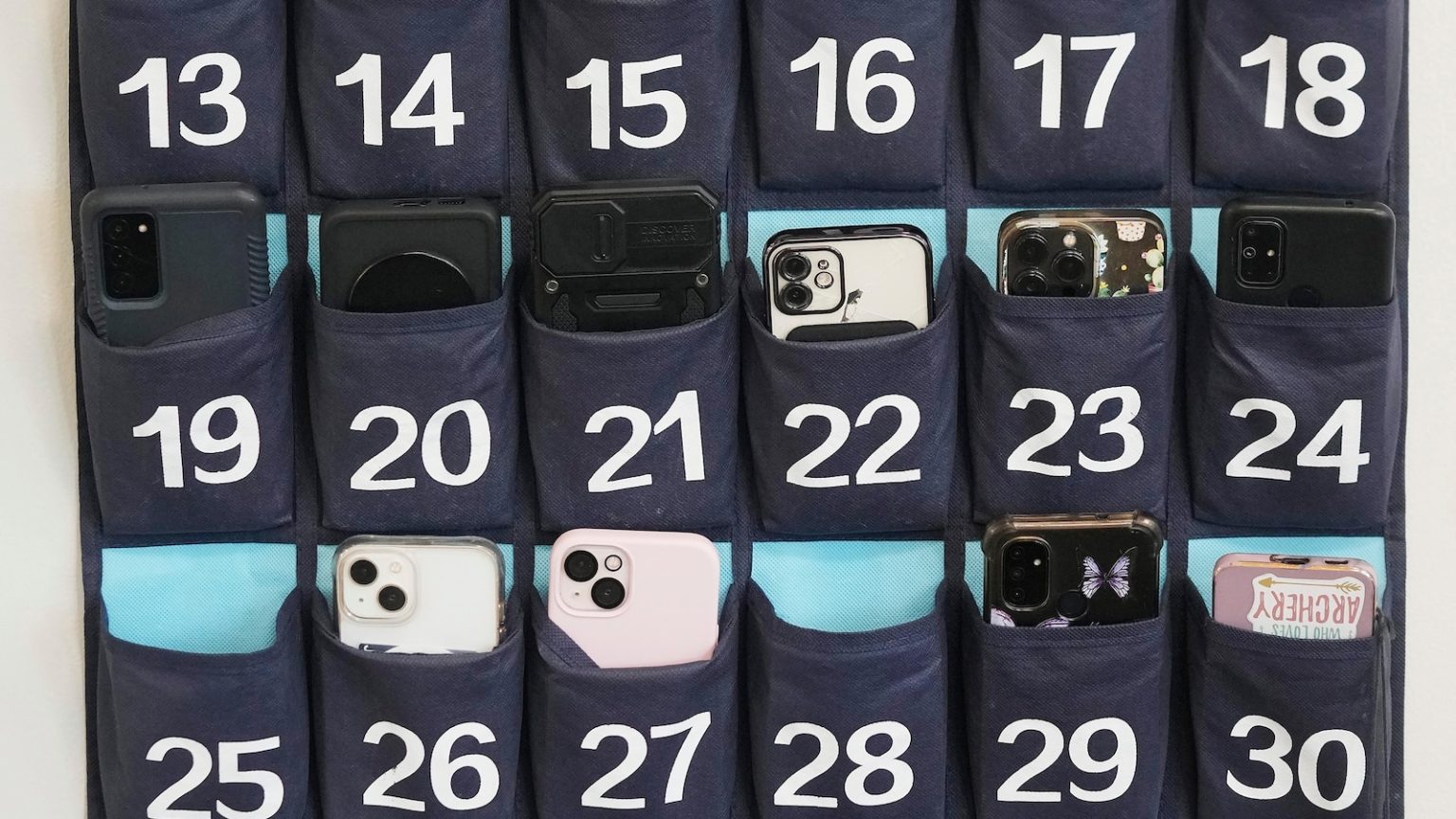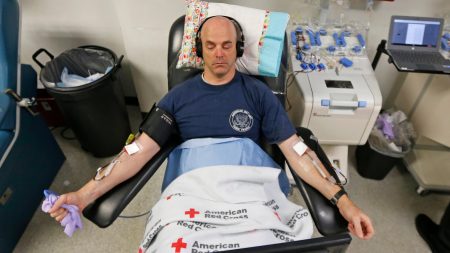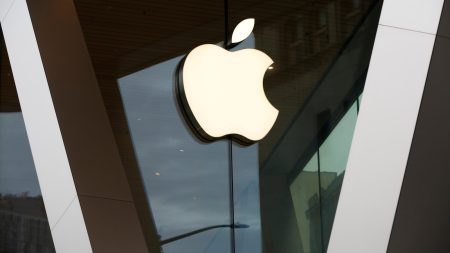Illinois Proposes Statewide Ban on Cellphones in Classrooms to Boost Student Success
Governor Pritzker’s Vision for Screen-Free Schools
Illinois Governor JB Pritzker is spearheading a bold initiative to enhance student achievement, foster better social interactions, and support the mental health of public school students. At the heart of this plan is a proposed statewide ban on cellphones in classrooms, an idea that is rapidly gaining momentum across the United States, transcending political divides. Pritzker’s top education aide, Martin Torres, has revealed that the Governor is expected to publicly endorse “screen-free schools” during his upcoming State of the State and Budget address. This proposal seeks to create learning environments where students are more engaged, less distracted, and better equipped to thrive academically and emotionally.
A Growing National Movement
The idea of restricting cellphone use in schools is not new, but it has gained significant traction in recent years. Currently, eight states have implemented policies that either ban or limit the use of personal wireless devices in schools. Additionally, 15 states, including Indiana, Minnesota, Ohio, Iowa, Kentucky, and Michigan, are actively considering similar measures. This growing trend reflects a widespread recognition of the challenges posed by cellphone distractions in educational settings. According to a study by the Pew Research Center, 70% of high school teachers in the U.S. view cellphone distractions as a major obstacle in the classroom. By addressing this issue, Governor Pritzker and other policymakers aim to create more focused and productive learning environments.
The Proposed Legislation
The legislation introduced in the Illinois General Assembly outlines a comprehensive approach to reducing cellphone use in schools. It would require school districts to establish policies prohibiting personal wireless devices during class time, with exceptions for emergencies, medical needs, special education plans, and teacher-approved educational use. Schools would also need to provide secure storage solutions for devices, such as locked pouches or designated areas, to ensure they are inaccessible during instructional periods. These policies would be subject to review every three years to ensure they remain effective and relevant. The goal is to have these measures in place by the 2026-2027 school year, allowing districts sufficient time to adapt and implement the changes.
Positive Outcomes from Screen-Free Policies
Preliminary evidence suggests that screen-free schools can yield significant benefits for students. In Illinois, at least 10 school districts have already adopted similar policies, and the results have been encouraging. According to Martin Torres, students in these districts are showing greater engagement, attentiveness, and participation in classroom activities. Torres emphasized that reducing screen time and social media exposure can also have positive effects on students’ mental health, as research has linked excessive social media use to anxiety, depression, and body dissatisfaction. By minimizing distractions and fostering a more focused learning environment, these policies aim to empower teachers to deliver more effective instruction and support students’ overall well-being.
Successful Implementation in Peoria Schools
One notable example of the success of screen-free policies can be seen in Peoria, Illinois, where a innovative approach has been implemented this school year. Each student is provided with a neoprene pouch equipped with a magnetized lock, which only teachers or administrators can open. This system ensures that devices are securely stored during class time but remain accessible when necessary. Midway through the school year, a survey of 8,000 students from grades 5 to 12 revealed that the policy has led to improved focus, engagement, and reduced distractions. Superintendent Sharon Desmoulin-Kherat shared a heartening anecdote from a teacher, who noted, “I am looking into students’ eyes who have never looked up from a screen before.” This testimonial underscores the transformative potential of minimizing screen time in schools.
Balancing Access and Responsibility
While the proposed ban on cellphones in classrooms is designed to reduce distractions and improve learning outcomes, it also acknowledges the importance of maintaining access to devices in certain situations. For instance, students may use their phones in emergencies, with teacher approval, or for specific educational purposes, such as assisting English learners or accommodating medical needs. Additionally, the legislation allows school districts to tailor their policies to their unique needs, ensuring flexibility and adaptability. Desmoulin-Kherat addressed concerns about communication by reminding parents that they can reach their children through traditional methods, such as calling the school office or sending an email. This balanced approach reflects a commitment to both academic success and student safety.
A Lesson from History
Illinois’ current push for screen-free schools is not without precedent. In the 1990s, when cellphones were first becoming widespread, the state banned their use in schools, largely due to concerns about their association with drug dealing and other illicit activities. However, as technology advanced and mobile devices became essential tools for communication, the Legislature reversed this decision in 2002, allowing phones in schools once again. Today, the focus has shifted from associating phones with criminal activity to recognizing their potential as distractions and hindrances to learning. The proposed ban reflects a modern understanding of the role of technology in education and a commitment to creating environments where students can focus, engage, and thrive.
Addressing Parental Concerns
One of the primary concerns expressed by parents regarding screen-free policies is the ability to communicate with their children in case of emergencies. However, educators argue that this issue can be easily addressed by reverting to traditional communication methods. As Superintendent Desmoulin-Kherat noted, parents can contact their children through the school office or via email, just as they did before the widespread use of cellphones. This approach ensures that students remain accessible in emergencies while minimizing unnecessary distractions during class time. By striking this balance, schools can support both safety and academic success.
Conclusion
Governor Pritzker’s proposal to ban cellphones in Illinois classrooms represents a forward-thinking approach to education, one that prioritizes student engagement, mental health, and academic success. With bipartisan support and a growing number of states adopting similar measures, the idea of screen-free schools is poised to become a national movement. By learning from successful examples like Peoria’s pouch system and addressing concerns through balanced policies, Illinois can set a precedent for creating focused, productive, and supportive learning environments. As the state moves forward with this initiative, it has the potential to make a lasting impact on the educational landscape, empowering students to thrive in a world where technology is ever-present but not all-consuming.















